Understanding how to communicate with a nonverbal autistic child is a challenge many parents, caregivers,…
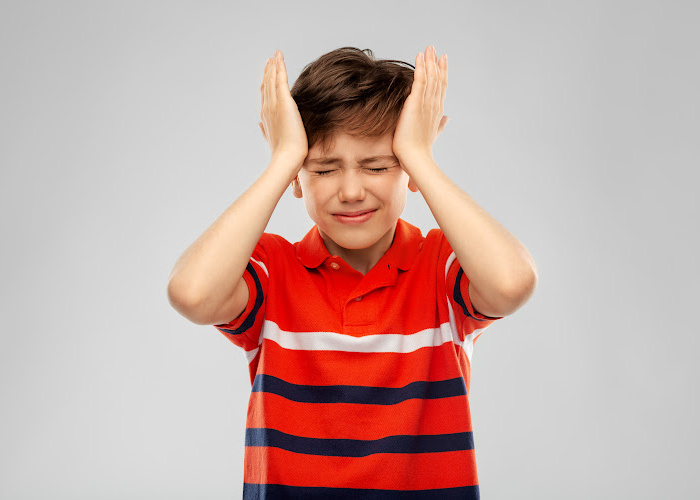
How to Stop Autistic Child from Hitting Their Head: Effective Strategies
Addressing the how to stop an autistic child from hitting their head requires more than just quick fixes; it requires a thoughtful exploration of how sensory experiences, communication barriers, and emotional regulation intersect.
The journey towards mitigating head-hitting behaviors may be challenging, but support for parents dealing with head-hitting in an autistic child is available and multifaceted.
Dive into the treasure trove of behavior management techniques for autistic children hitting head, and discover a blend of empathy, science, and practical strategies that can reshape these moments of difficulty into opportunities for growth and peace.
Moreover, unearthing effective methods to curb head-hitting in autistic children is an essential part of fostering a safer environment for your child to thrive.
We extend our hand to guide you through this complex terrain with tailored advice, designed to equip you with the wisdom and techniques necessary to guide your child towards more peaceful forms of self-expression and regulation.
Understanding the Underlying Causes of Head-Hitting in Autistic Children
Head-hitting in autistic children can be a perplexing and alarming behavior, raising concerns for their well-being.
To develop effective methods to curb head-hitting in autistic children, it’s essential for parents and professionals to first discern the underlying reasons for this self-injurious behavior.
By unravelling the precursors to these actions, customized interventions to address self-injurious behavior in autistic children can be implemented, ensuring their safety and health.
Communication Challenges and Frustration
The inability to communicate effectively is a common source of frustration for many autistic children, which can sometimes lead to episodes of head-hitting as an alternative means of expression.
Recognizing and addressing such communication challenges is a crucial technique to prevent autistic children from hitting their head.
Professional advice on preventing autistic child from hitting head often involves enhancing the capacity for expressive communication through various therapeutic avenues or assistive devices.
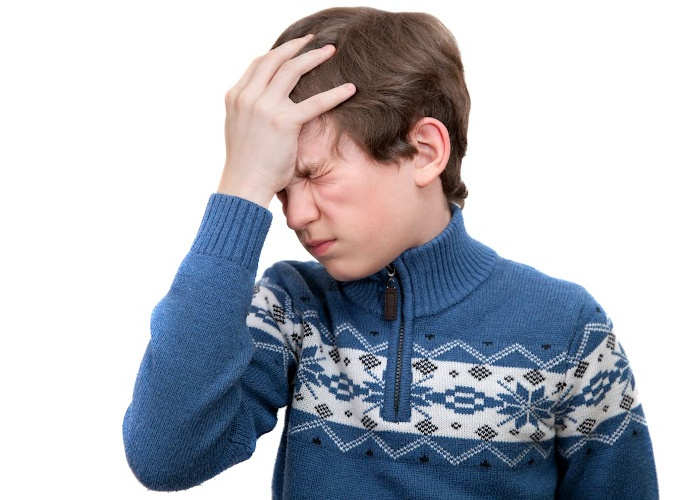
Addressing Sensory Processing Difficulties
Sensory processing difficulties are another aspect that can influence a child with autism to engage in head-hitting.
Interventions, such as offering soothing sensory input or modifying the child’s environment to manage sensory overload, serve as strategies to stop a child with autism from banging their head.
By understanding each child’s unique sensory profile, tailored strategies can be adopted to minimize sensory-triggered head-hitting behavior.
Identifying and Alleviating Physical Pain
Physical discomfort or pain can sometimes manifest as self-injurious behavior in children with autism.
Parents and caregivers can support their child by ensuring a thorough medical evaluation is conducted to identify any hidden ailments.
Providing comfort and working with healthcare professionals to teach children alternative responses to pain can serve as an intervention to address self-injurious behavior in autistic children.
Insight into Repetitive and Self-stimulatory Behaviors
For some children on the autism spectrum, head-hitting can be attributed to a need for self-stimulation or as a mechanism for self-calming.
Professionals may suggest proactive behavior management techniques for autistic children hitting head by incorporating repetitive yet safe activities that mimic the actions of head-hitting without causing harm, such as the gentle rocking of a chair or the use of exercise balls.
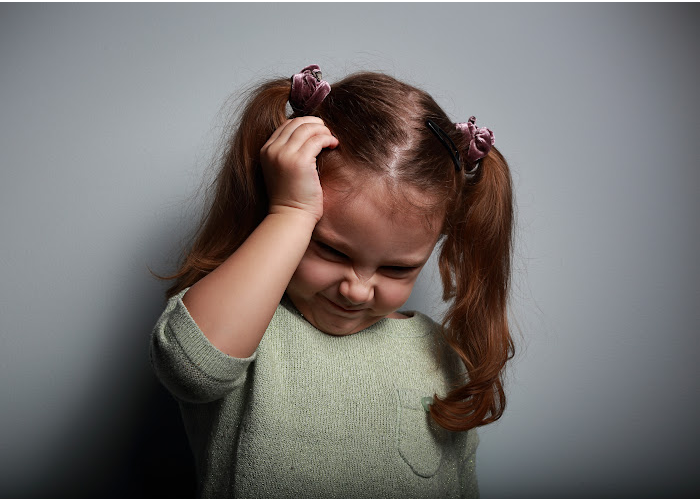
How to Stop Autistic Child from Hitting Head: Intervention Techniques
Addressing self-injurious behavior such as head-hitting in autistic children requires a multifaceted approach. Tailoring interventions to each child’s needs is paramount for success.
The use of behavior management techniques, sensory integration tools, and enhanced communication skills bolster an effective strategy for parents and professional care providers seeking to manage head-hitting behavior in autistic children.
Behavioral Management and Alternative Coping Mechanisms
Interventions to address self-injurious behavior often begin with a thorough examination of environmental triggers and the development of alternative coping mechanisms.
Effective methods to curb head-hitting in autistic children involve teaching strategies such as deep breathing, using counting techniques, or redirecting to calming activities.
This proactive planning not only prevents instances of head-hitting but supports the child in adopting healthier behavioral responses.
Utilizing Sensory Integration Tools and Techniques
Sensory integration techniques offer therapeutic alternatives for children who are sensory seeking or sensory sensitive.
The introduction of specialized sensory toys or safe physical activities can provide necessary stimulation without the risks associated with head-hitting.
Creating a sensory-friendly environment lays the foundation for a safe space where children can navigate their sensory experiences effectively.
Developing Communication Skills and Use of Assistive Devices
For many autistic children, head-hitting can be a manifestation of communication challenges.
By bolstering a child’s ability to communicate through speech therapy and assistive devices like PECS, frustrations leading to self-harm can be lessened.
Parents and caregivers can support these new communication methods continuously at home, aiding in a more integrated approach to the child’s daily encounters.
Professional Interventions: Therapies and Medications
When behavior and sensory strategies alone are not sufficient, professional advice may guide families toward therapies or medications.
These professional interventions are based on personalized assessments aimed at delivering a comprehensive approach to reduce and eventually stop a child with autism from banging their head.
Therapies are customized to each child’s needs, involving a mixture of behavioral adjustments and sensory engagement activities to decrease self-injury.
| Intervention Technique | Description | Benefits |
|---|---|---|
| Behavioral Strategies | Identification of triggers; teaching alternative behaviors and coping mechanisms | Promotes safer behavior; reduces frequency of self-injury |
| Sensory Integration | Use of sensory tools; designing sensory-friendly environments | Meets sensory needs without self-harm; encourages sensory regulation |
| Communication Enhancements | Speech therapy; visual aids like PECS | Improves expression of needs; reduces frustration-related behavior |
| Specialized Therapies | Behavioral therapy and, if needed, medications | Offers tailored support; addresses severe behavior challenges |
With a patient, caring, and professional approach, support for parents dealing with head-hitting in autistic children becomes a journey of understanding and appropriate response.
The path to managing head-hitting behavior in autistic children demands dedication and the application of behavior management techniques and therapies designed to address self-injurious behavior effectively.
Conclusion
Addressing the complex issue of self-injurious behavior such as head-hitting in autistic children is undeniably challenging, but it is a journey that is far from insurmountable. Foremost, it is essential to recognize that every child is unique, which means the solutions to reduce or eliminate this behavior must be equally bespoke and adaptive.
By deeply understanding the roots of head-hitting whether they are communicative, sensory-related, or a method of coping—we equip ourselves with the knowledge required to support our children effectively.
Creating a supportive and nurturing environment is the bedrock upon which all strategies should be built. This entails physical adjustments to ensure safety, like using protective gear, as well as emotional support so that children feel understood and valued.
Support for parents dealing with head-hitting in autistic children is crucial, providing them with the resources and confidence to apply various behavioral strategies. These techniques not only address immediate safety concerns but also pave the way towards long-term behavioral transformation.
Ultimately, professional advice on preventing an autistic child from hitting their head is an invaluable component of the support system. Professionals bring forth a wealth of expertise, tailored interventions, and therapeutic pathways that may include behavioral therapies or medication if necessary.
For parents, caregivers, and educators alike, knowing how to stop an autistic child from hitting their head involves a symphony of patience, personalized attention, and continual learning. This empowering blend of knowledge and dedication can greatly enhance the safety and quality of life for children on the autism spectrum, as they learn to navigate the world in their own unique ways.
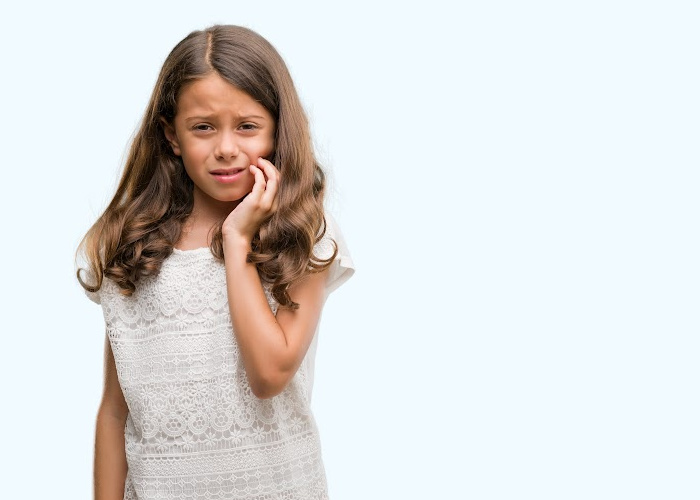
FAQ
What are some effective methods to curb head-hitting in autistic children?
To curb head-hitting, parents and caregivers can employ several strategies such as identifying and addressing the underlying triggers, providing alternative coping mechanisms like deep breathing exercises, using sensory integration tools to satisfy sensory needs, enhancing communication skills through therapy and assistive devices, and potentially seeking professional interventions like behavioral therapies and, in severe cases, medications.
How can support for parents dealing with a head-hitting autistic child be improved?
Parents can seek improved support through counseling, support groups where experiences and strategies are shared, training on behavior management techniques, and guidance from professionals like occupational therapists and psychologists. Access to resources and respite care services can also provide significant relief.
What role do communication challenges and frustration play in head-hitting behavior in autistic children?
Communication challenges and frustration can play a large role in head-hitting behavior as they may lead to an inability to express needs and emotions effectively, causing distress and resulting in self-injurious behaviors like head-hitting as a means of expression or to exert control.
Can addressing sensory processing difficulties help in managing head-hitting in autistic children?
Yes, addressing sensory processing difficulties is crucial in managing head-hitting in autistic children. Providing appropriate sensory alternatives such as sensory toys, weighted blankets, or noise-canceling headphones can prevent overstimulation and under-stimulation, reducing the need for head-hitting as a self-regulation mechanism.
What should be done if head-hitting is caused by physical pain?
If head-hitting is caused by physical pain, the first step is to seek a professional medical evaluation to identify and treat any underlying physical issues. Subsequently, teaching alternative communication methods for expressing discomfort without resorting to self-injury is important.
How do repetitive and self-stimulatory behaviors relate to head-hitting in autistic children?
Repetitive and self-stimulatory behaviors, like head-hitting, may serve as a soothing mechanism for autistic children. They can relate to rhythmical motions that provide comfort. However, they can also be a sign of seeking sensory input, which, if addressed through safer outlets, can reduce self-harm tendencies.
What behavioral management and alternative coping mechanisms can be used?
Behavioral management strategies involve a functional behavioral assessment to determine the reasons behind head-hitting, followed by teaching alternative coping strategies tailored to the child’s needs. These strategies could include structured physical activities, relaxation exercises, and practicing effective communication techniques.
Why are sensory integration tools and techniques important for autistic children who hit their heads?
Sensory integration tools and techniques provide vital sensory inputs that autistic children may seek through head-hitting. They are important for redirecting the behavior towards safe and controlled sensory experiences such as tactile stimulation or vestibular motion, to meet the child’s sensory needs in a healthier way.
How does developing communication skills and the use of assistive devices prevent head-hitting?
Developing communication skills and using assistive devices like PECS or speech-generating devices can help children express their needs and emotions more effectively. This reduces frustration and the likelihood of head-hitting as a means of communication.
When are professional interventions, such as therapies and medications, necessary for an autistic child who hits their head?
Professional interventions may be necessary when head-hitting behaviors are frequent, intense, pose a significant risk of injury, or do not respond to initial management strategies. In such cases, specialized therapies, and in severe instances medication under careful supervision, may become part of a comprehensive treatment plan.
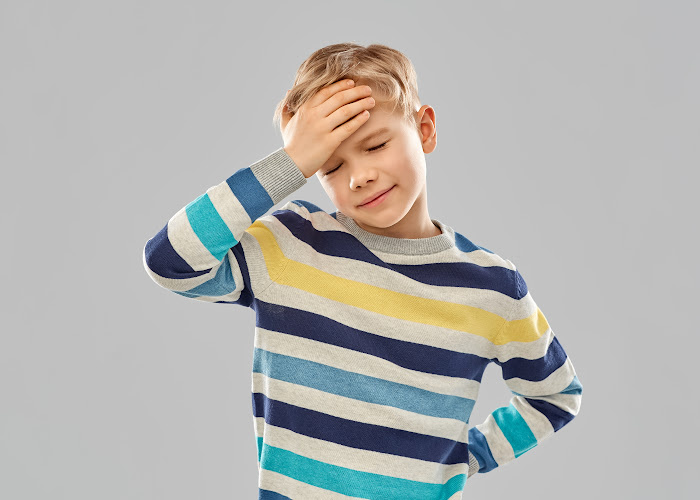

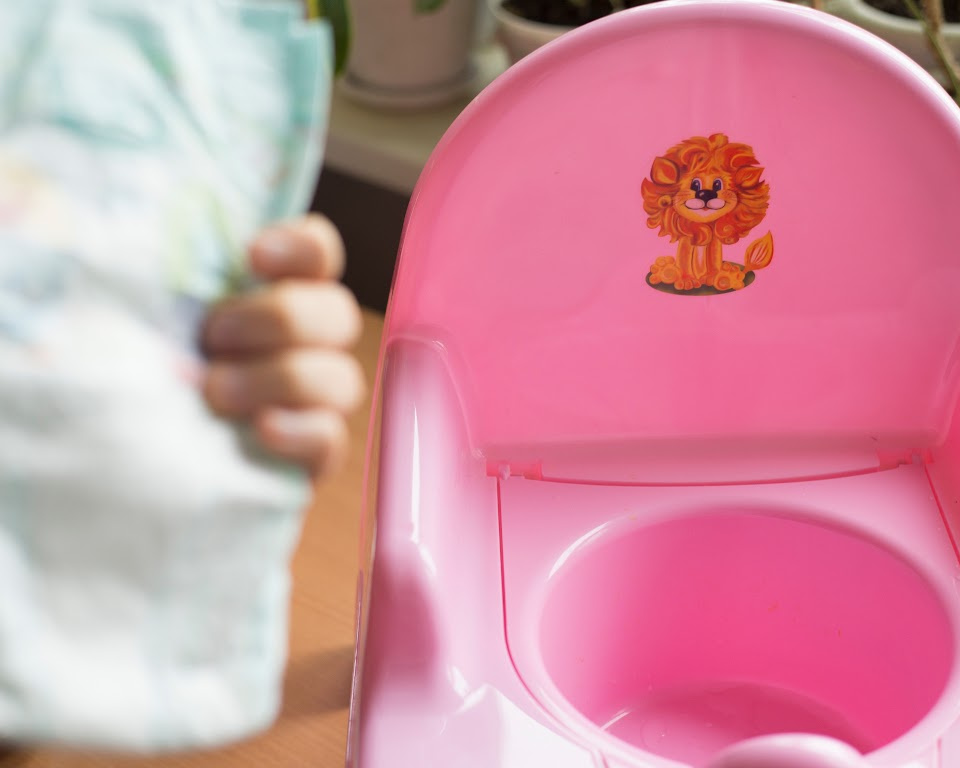

This Post Has 0 Comments